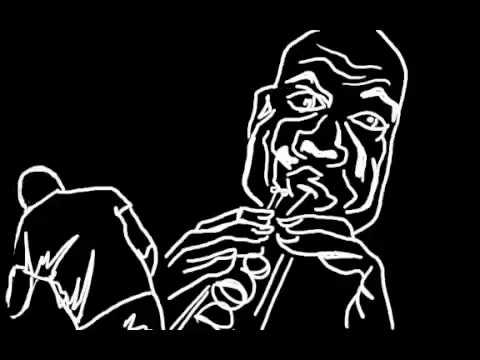Martin Luther King Jr. (born Michael King Jr., January 15, 1929 – April 4, 1968) was an American Baptist minister and activist who was a leader in the African-American Civil Rights Movement. He is best known for his role in the advancement of civil rights using nonviolent civil disobedience based on his Christian beliefs.
King became a civil rights activist early in his career. He led the 1955 Montgomery bus boycott and helped found the Southern Christian Leadership Conference (SCLC) in 1957, serving as its first president. With the SCLC, King led an unsuccessful 1962 struggle against segregation in Albany, Georgia (the Albany Movement), and helped organize the 1963 nonviolent protests in Birmingham, Alabama. King also helped to organize the 1963 March on Washington, where he delivered his famous “I Have a Dream” speech. There, he established his reputation as one of the greatest orators in American history.
On October 14, 1964, King received the Nobel Peace Prize for combating racial inequality through nonviolent resistance. In 1965, he helped to organize the Selma to Montgomery marches, and the following year he and SCLC took the movement north to Chicago to work on segregated housing. In the final years of his life, King expanded his focus to include opposition towards poverty and the Vietnam War, alienating many of his liberal allies with a 1967 speech titled “Beyond Vietnam”.
______________________________________________________
Cassius Clay (David Ramsey), winner of the gold medal for boxing in the light heavyweight division at the 1960 Summer Olympics, rises in the professional ranks and defeats heavyweight boxing champion Sonny Liston in a stunning upset to capture the title in 1964. Controversy surrounds his decision to join the Nation of Islam, his name change from Cassius Clay to Muhammad Ali, his friendship with Malcolm X (Joe Morton), and his conscientious objection to the draft during the Vietnam War. Stripped of his title, he eventually recaptures it in 1974 in the so-called “Rumble in the Jungle”—an epic bout against George Foreman in Zaire.
______________________________________________________
In 1976, Basquiat and friend Al Diaz began spray painting graffiti on buildings in Lower Manhattan, working under the pseudonym SAMO. The designs featured inscribed messages such as “Plush safe he think.. SAMO” and “SAMO as an escape clause”. In 1978, Basquiat worked for the Unique Clothing Warehouse, in their art department, at 718 Broadway in NoHo and at night he became “SAMO” painting his original graffiti[16] art on neighborhood buildings. Unique’s founder Harvey Russack discovered Basquiat painting a building one night, they became friends, and he offered him a day job. On December 11, 1978, The Village Voice published an article about the graffiti.[17] When Basquiat and Diaz ended their friendship, The SAMO project ended with the epitaph “SAMO IS DEAD”, inscribed on the walls of SoHo buildings in 1979.[4]
In 1979, Basquiat appeared on the live public-access television cable TV show TV Party hosted by Glenn O’Brien, and the two started a friendship. Basquiat made regular appearances on the show over the next few years. That same year, Basquiat formed the noise rock band Test Pattern – which was later renamed Gray – which played at Arleen Schloss’s open space, “Wednesdays at A’s”,[18] where in October 1979 Basquiat showed, among others, his SAMO color Xerox work.
Gray also consisted of Shannon Dawson, Michael Holman, Nick Taylor, Wayne Clifford and Vincent Gallo, and the band performed at nightclubs such as Max’s Kansas City, CBGB, Hurrah and the Mudd Club. In 1980, Basquiat starred in O’Brien’s independent film Downtown 81, originally titled New York Beat. That same year, Basquiat met Andy Warhol at a restaurant. Basquiat presented to Warhol samples of his work, and Warhol was stunned by Basquiat’s genius and allure. The two artists later collaborated. Downtown 81 featured some of Gray’s recordings on its soundtrack.
source

